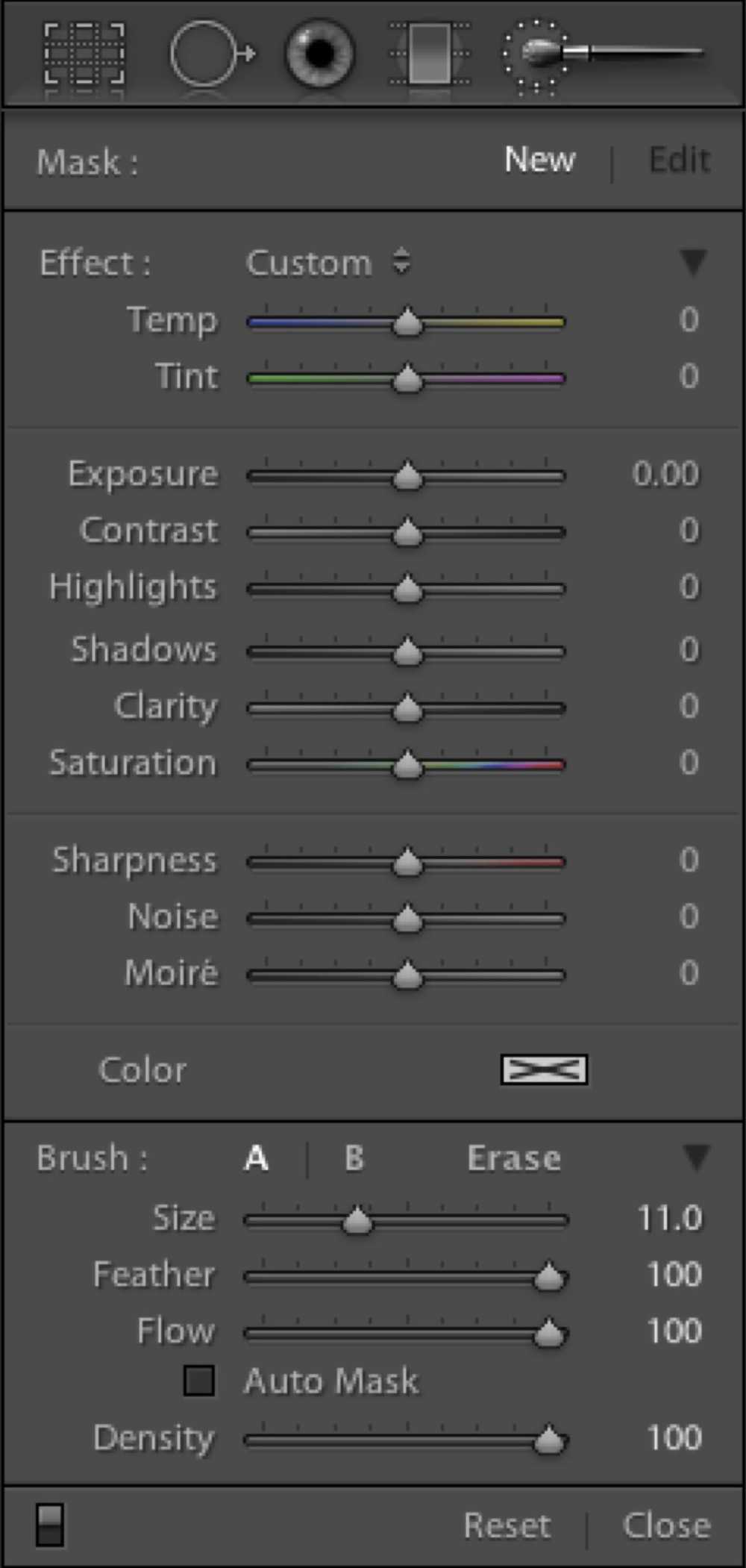When I first started digital photography, like most newcomers, I became immersed in the editing process. I used Photoshop and Lightroom to play – literally play – with my photos. There was something so fun with adjusting the different sliders and discovering what they did, their limitations, how far was too far, and so on.
I became a little obsessed with understanding what each slider would do to any given pixel – how would an increase in exposure, say, affect a pixel with a certain brightness? Or how would increasing the saturation change the red pixels?
In retrospect, I was dealing with individual pixels as the atomic unit of a photo, when I should have been looking at a photo as the atomic unit.
Now I look at photos as a whole, not as a collection of pixels. I still use Lightroom to make adjustments, and it’s still fun to play. However, I’m not obsessed with how changes are going to have an effect on the individual pixels. I’m thinking more in terms of the big picture, no pun intended. I’m using the histogram a lot more instead of looking at individual pixels. It’s been an interesting transition.
My transition to film has had a lot to do with this personal revelation. Let’s take the following two photos, for instance. One was taken with my Canon 5D and the other with my Leica M6, a film camera. I edited them both in Lightroom, but the digital photo was edited a few months ago, when I was still focusing on pixels. I’m not sure which one is better, but they’re different, for sure.
I can’t attribute the differences completely to my editing process or outlook on photography – after all, they were made using completely different media. However, their difference is representative to me of the change I’ve been undergoing in my photography. I need to reflect some more to find out what that really means.
Please submit typo corrections on GitHub


